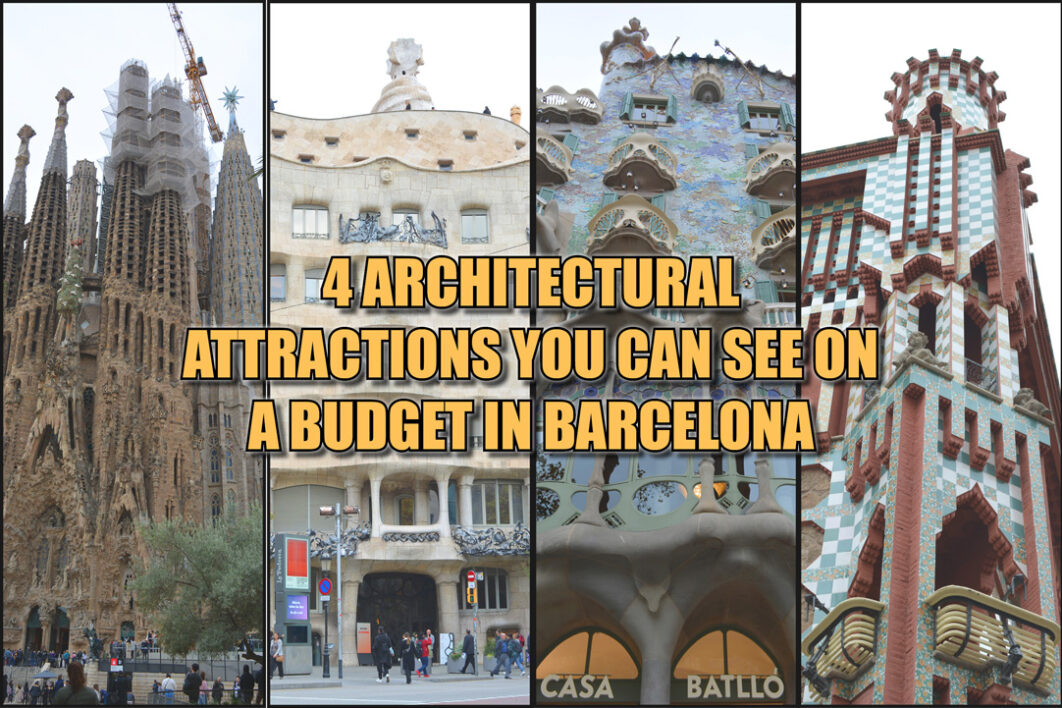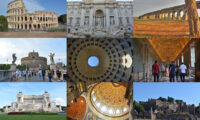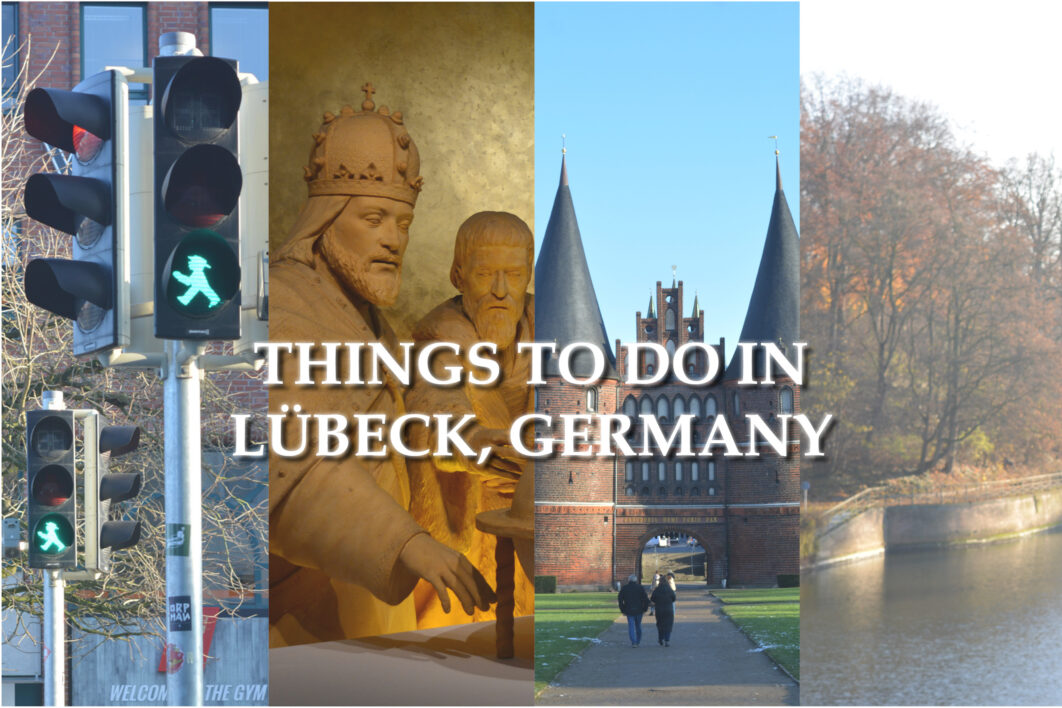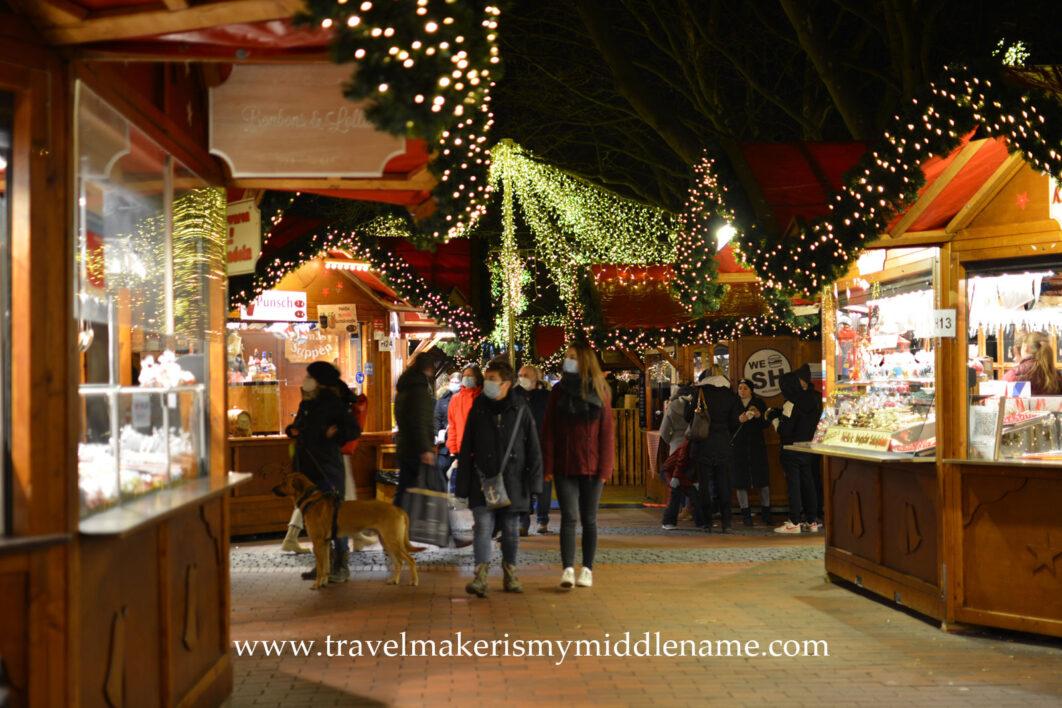Last Updated on: 5th November 2024, 05:51 pm
Barcelona, Spain is home to many architectural attractions, most of which are designed by Antoni Gaudi. Most are paid venues and attract many visitors from around the world. Ideally if you make a trip to Barcelona, you’ll want to take the time and spend the money to pay for a ticket to enter these attractions, but maybe you’re only there on a short layover or otherwise short on time or money, then this quick guide explains how you can see them and experience the essence of them even if you are short on money and/or time. All of the photos in this article were taken from the outside or from a free vantaage point, so you have an idea of what they look like without paying to enter them.
Quick non-exhaustive list of architectural attractions to see in no particular order:
- La Sagrada Familia (Basílica de la Sagrada Família), the cathedral that has been under construction since 1882 (can be admired for free)
- Casa Batlló, an apartment building (can be admired for free)
- Casa Milà – (La Pedrera), a private residence (can be admired for free)
- Casa Vicens, Gaudi’s first house (can be admired for free)
Attractions that will require a ticket:
- Park Güell
- Palau de la Musica Barcelona (concert hall)
La Sagrada Familia (Basílica de la Sagrada Família)

Address: Eixample, 08013 Barcelona, Spain. Bounded by Carrer de Sardenya on the south west side and Carrer de Mallorca on the south east side.
See location map of La Sagrada Familia here: https://maps.app.goo.gl/B3JDTeTWJWmYAbuL9
Official website: https://sagradafamilia.org/
The La Sagrada Familia (in Spanish, Basílica de la Sagrada Família), is the famous, wild and wacky Catholic cathedral partially designed by Antoni Gaudi that has been under construction since 1882 and is predicted to be completed in 2026 (though no one is holding their breath). Usually cathedrals and churches are free to enter, however, don’t expect this construction to be free to enter any time soon, with entry prices around €26 (2024). The cathedral is decorated in religious scenes as well as motifs from nature and is something crazy, if not excessively wild and gaudy (where the term came from), to look at and is best observed from the inside. Entry into the cathedral is paid and tickets must be reserved in advance, and you must enter the venue within the time limit stated on your ticket. This is to ensure crowd levels are controlled inside.
There are two towers on opposite sides that visitors can pay extra to ascend via modern elevators to see the city of Barcelona from high up, sculptures on the side of the building, and also the towers themselves.
Tickets must be purchased in advance and you must enter at the time specified on your ticket, late arrivals may not be allowed in. this is to control crowd sizes. Once you are in, you can stay as long as you want.
You do not have to be a religious fanatic to admire the design.
Seeing La Sagrada Familia for free:
There are some circumstances in which one can visit La Sagrada Familia for free. They are:
• People with a disability
• Free days (see their website for news about this, do a general search or look in their news section https://sagradafamilia.org/)
See all prices for La Sagrada Familia here: https://sagradafamilia.org/en/prices
For everyone else: if for whatever reason, you are not interested in seeing the inside or don’t want to pay to visit the inside, you can still admire the essence of it for free. The cathedral is on flat ground and can be seen from the either of the two parks directly outside and across the road on the north east (Plaça de Gaudí park) and south west (Plaça de la Sagrda Familia park) side. However, you will not be able to see the details in the facade unless your bring binoculars or zoom lens for your camera.
Tip: There are mass sessions that takes place regularly, particularly on Sundays, that is free to attend. Masses take place Monday to Friday (9am, 10am, and 8pm) as well as Saturday (9am, 8pm) and Sundays (9am, 10:30am, 10:45am, 1pm, 6:30pm, 8pm) in Spanish, Catalan, and English. Capacity is limited. Mass is held in the crypt next to the main cathedral and this part is free to enter. Although less extravagant than the main cathedral, it is a free way to get inside a portion of the building. These are not advertised publicly. See this page for timetables on the mass sessions, and Google map of the mass location: https://parroquiasagradafamilia.cat/en/celebrate-the-faith/timetables/
How to get to La Sagrada Familia:
Main entrance is on Carrer de la Marina street (north eastern side between the cathedral complex and Plaça de Gaudí park).
See a map of the entrances: https://sagradafamilia.org/en/schedules-how-to-get
Metro:
Take the metro to “Sagrada Familia” metro stop and once you are out of the station, you will be on the northern corner of the La Sagrada Familia complex and on the western corner of the Plaça de Gaudí park (see location map above). Turn around and you can see the cathedral immediately in front of you. The main general entrance is approximately 100m away by foot.
Bus:
Take the bus to bus stop “Mallorca – Marina” and arrive on the south side of Plaça de Gaudí park (see location map above). La Sagrada Familia main entrance is about 100m away by foot.
Casa Batlló

Address: Pg. de Gràcia, 43, L’Eixample, 08007 Barcelona, Spain. Closest major intersection on the north western side is Carrer d’ Aragó.
See location map here: https://maps.app.goo.gl/pMq3SwCouj7jpzVP
Official website: https://www.casabatllo.es/en/
Casa Batlló is an remodelled residential building that requires a tickect to enter. Like La Sagrada Familia, it is located on a street so it can be admired for free from street level.
Casa Batlló is a residential building whose facade is covered in colourful tiles. Casa Batllo is also designed by Antoni Gaudi, and like all of his designs, it features curves inside and out and also features anthropomorphic creatures such as those seen in the balconies. The roof lines, ceilings and structural components are curved, and quite colourful inside too.
It takes no special effort to see Casa Batllo from the outside for free since the building faces the street directly and visitors can walk right to the front of the building.
How to get to Casa Batlló
Casa Batlló is located in the main downtown area and close to major public transport, hotels, and dining areas.
By Metro:
Passeig de Gràcia is the closest metro station (directly across the road). It is also 550m from Diagonal metro station. Numerous buses pass the location on the closest north east and north west side of the complex.
By Bus:
Bus 24 stop right outside Casa Batlló, get off at “Pg de Gràcia – Consell de Cent”.
Or, buses 7, 22 and get of at “Pg de Gràcia – Aragó”, also outside Casa Batlló.
Casa Milà aka La Pedrera

Address: Pg. de Gràcia, 92, L’Eixample, 08008 Barcelona, Spain
See location map: https://maps.app.goo.gl/cnYL3Q9dx5NwauHU9
Official website: https://www.lapedrera.com/
Casa Milà aka La Pedrera as it is known locally (meaning “stone quarry”, which is pretty much what it looks like from the outside), is an apartment block/private residence that requires a ticket to enter. Like Casa Batlló, it was also designed by Antoni Gaudi and features curved structures and designs throughout the entire construction and notably, chimneys that take the form of anthropomorphised creatures (“soldiers”) on the rooftop. A donut shape rooftop gives visitors views of the city, and the canyon-like space in the middle reaches to the ground floor of the building. Despite the opening at the top, the tall narrow space in the center of the building limits natural light into the lower floors of the building.
Visiting for free:
The stone quarry style facade that earned it its name can be seen for free from the outside, although the chimneys cannot not be seen.
There is a gift shop that you can enter for free on the ground floor from the street level where you can look at souvenirs like photobooks and calendars featuring pictures of Casa Milà and Gaudi’s other designs, as well as small models and stationery.
Getting to Casa Milà aka La Pedrera
By Metro:
Casa Milà is about 160m from Diagonal metro station if you get out on to Carrer del Rosselló street.
Casa Vicens

Address: Carrer de les Carolines, 20-26 08012 Barcelona, Spain
See location map: https://maps.app.goo.gl/1tAzRRf61VdN2Xd67
Official website: https://casavicens.org/
Casa Vicens, Gaudi’s first house, has a colourful brick facade with black wrought iron windows. It is a tickted venue located in an unassuming neighbourhood, and security guards will gently usher out curious non-paying visitors.
The building can be admired for free from the outside, although wide shot photos are a bit difficult due to the narrow streets, however, many passerbys take close up photos from the outside.
Getting to Casa Vicens:
By Metro:
The closest metro stop is Fontana metro stop (C. de Sta. Magdalena, 11, Gracia, 08012 Barcelona, Spain), Casa Vicens is a flat, easy 290-350m stroll from this metro station depending on which street you take.
Non-free architectural attractions you may be interested in
Park Güell – a park designed by Antoni Gaudi covered in colourful mosaic tiles. Entry is not free at all, and since this is a a park as oppposed to a building, it really cannot be admired from the outside or at street level like the others. As with most other places, tickets must be booked in advance.
Official website: https://parkguell.barcelona/
Palau de la Musica Barcelona is a concert hall that requires a ticket to enter. If you are not attending a show, you can purchase a self guided ticket for €18 to see the inside. Unlike the other attractions in this list, the Palau de La Musica was not designed by Antoni Gaudi but by Lluís Domènech i Montaner.
Official website: https://www.palaumusica.cat/en











